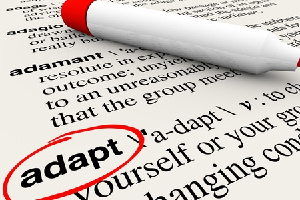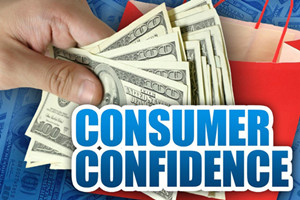What Is VAT?
Hi, I’m Alex. Wanna catch a movie? Now, I know what you’re thinking. I clicked to watch a video about value added tax, not movies. Well, taxes and movies have more in common than you might think. They both generate revenue. They can be really complicated, and some are just blockbusters. Like our old friend, Value Added Tax – also known as VAT. or a goods and services tax. So how do value added taxes work? Let me explain...with popcorn. Obviously.
The corn starts out in a field with the farmer growing his crop. He sells it to a company that takes the corn and puts it in fancy packaging. Then that company sells the packaged products to the cinema and ultimately to the customer.
Now, let’s rewind and watch that again. And this time, let’s assume that the country where all this is taking place has a 10% value added tax. Here’s how that works. Our farmer sells his popcorn for $10, but the packaging company buying it, they actually pay him $11. So why the extra dollar? Because that’s the 10% VAT. That same thing happens again when the company sells the packaged popcorn to the cinema for a profit. So now the price is $15. But with the added 10% VAT, the cinema actually pays $16 and fifty cents. And then finally, the cinema sells the popcorn to the customer for $20. And that customer, once the VAT has been added, is paying $22.
So far, so good. But here’s the added ingredient that advocates of VAT say makes the system really work. And that’s tax credit for businesses. The tax credit is just an amount that a business can subtract from the VAT it owes the government. VAT makes it so that while everyone on the supply chain pays their 10% in tax, they also get tax credits for whatever’s already been paid by those selling to them. So across the whole process, it’s a flat rate of 10%. In the end, only the consumers actually pay the VAT since they aren’t granted a credit.
Oh, great, it’s starting! Let’s go!
So the thing is, so the thing is... Let’s take this somewhere else.
You may have noticed how popular that handsome actor was. Real star power. Well, that’s kind of like value added taxes. They’re one of the biggest sources of tax revenue in the world. More than 160 countries have a VAT. Why? Well, there’s less tax evasion. VATs are a built-in cost, so each business isn’t just collecting the tax themselves, so they’re motivated to report their taxes honestly to get those tax credits. And it’s important that they do. While VAT rates are different in each country, the average VAT raises around a third of a country’s tax revenue. So it’s an important source of funding for everything from improving our infrastructure, and countering climate change, to creating equality, and improving health and social safety nets.
But just as with any movie, VATs have their critics. Some say that having a VAT is unfair to poorer people because they spend most of their income, so they face a higher burden. But a lot of those concerns can be answered by using the money from VAT to help the most vulnerable. Some argue that reducing the VAT rate on basic food could be a solution, but it ends up benefitting those who don’t need it and makes VAT collection more complex. That can be avoided by making sure that there’s a single universal VAT rate and using progressive income taxes and cash transfers to support poorer households.
And that’s VAT. Cut! Feels like we could have gone for more of a Hollywood ending, right? That’s VAT.















